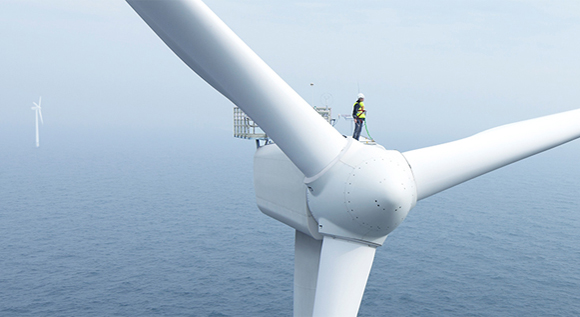Turbocharging the European energy transition
The European Commission, the European Parliament and the European Council have agreed on a revised Renewable Energy Directive.
 © ABB
© ABB
At the end of March, the European Commission, the European Parliament and the European Council agreed on a comprehensive revision of the Renewable Energy Directive (RED III). The revision significantly raises the European 2030 target for the expansion of renewable energy from 32% to 42.5%. The directive also sets binding renewables targets for individual sectors.
Federal Minister for Economic Affairs and Climate Action Robert Habeck said, “The decisions made mark a huge success for the European Union. They will enable us to double the rate of expansion between 2020 and 2030. I am therefore very pleased that we have made this breakthrough.”
The most important points covered by the directive:
Raising the overall target from 32% to 42.5% (+2.5% in 2030): the Member States are obliged cover a total of 42.5% of their gross final energy consumption with renewables. Added to this is a target of a further 2.5% at EU level.
Sector-specific targets will ensure that the shift to renewable energy also takes off in the heating and cooling sector (including district heating), and the buildings, industrial and transport sectors. The target for the heating sector will now be binding and initially set to increase by 0.8 percentage points, and then by 1.1 percentage points annually from 2026. The indicative target for the increase in the share of renewable energy used for district heating has more than doubled, from 1 percentage point to 2.2 percentage points.
The following will apply to industry in future: 42% of hydrogen consumed in 2030 must come from electricity-based renewable fuels; in 2035, this figure is to be 60%. There is also a new indicative target that aims to increase the share of renewable energy in industry by 1.6 percentage points per year.
There was also discussion as to whether hydrogen produced using nuclear power can be counted as a contribution towards the EU targets. As it stands, the agreement sets out that electricity generated using nuclear energy is not equivalent to electricity generated from renewables.

